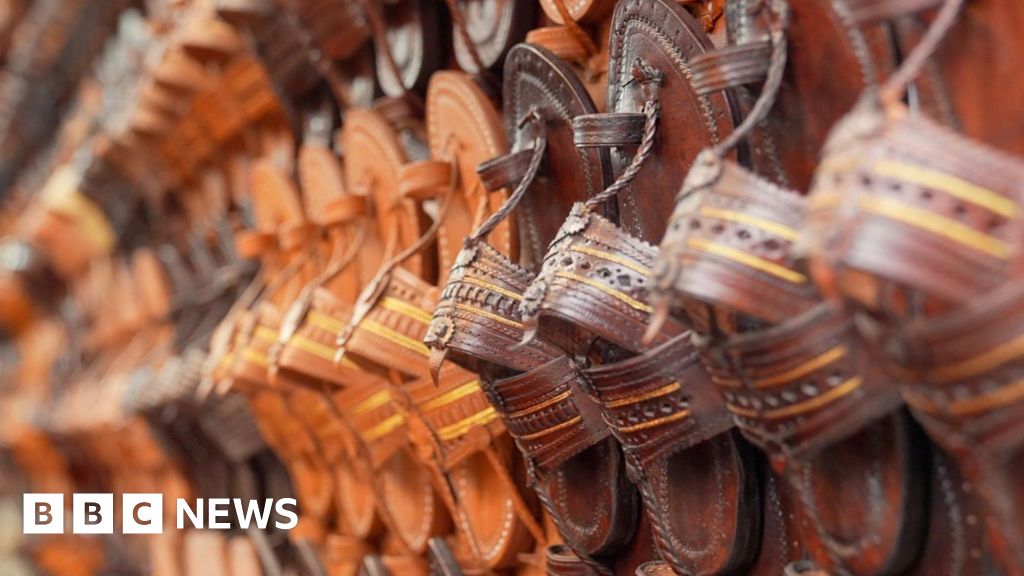
Artisans in India who specialize in making Kolhapuri sandals—a traditional handcrafted leather footwear—are speaking out in frustration after luxury fashion brand Prada released a design closely resembling their work without offering any acknowledgment of its origins.
Kolhapuri sandals, named after the town of Kolhapur in the western Indian state of Maharashtra, have been crafted by skilled artisans for generations. Known for their distinct design and meticulous handcrafting process, the sandals are both a cultural symbol and a source of livelihood for thousands.
According to recent developments, Prada’s latest collection featured footwear strikingly similar to Kolhapuri sandals, sparking disappointment and anger within artisan communities. Many have described the move as another instance of cultural appropriation, where traditional designs are reproduced by global brands without giving credit to the original creators.
“These sandals are not just shoes—they represent our heritage and craftsmanship,” said one artisan from Kolhapur. “When a global brand like Prada uses our design without even acknowledging us, it feels like our art is being stolen and passed off as something novel.”
The issue has reignited ongoing global conversations around cultural appropriation, intellectual property rights, and the ethics of fashion. Local advocates are now urging the Indian government and international bodies to implement stronger protections for traditional craftsmanship. Some suggest geographical indication (GI) tagging and legal frameworks to protect and promote indigenous designs in the global market.
As luxury fashion continues to draw inspiration from traditional cultures, the artisans behind these age-old crafts hope for a future in which their contributions are not only acknowledged but also fairly compensated. The controversy also opens up a broader dialogue on the responsibility of fashion houses to support ethical sourcing and fair representation.
The incident serves as a poignant reminder of the delicate balance between global fashion trends and cultural respect, and the need for collaborative efforts to preserve the dignity and legacy of traditional artisanship.
Source: https:// – Courtesy of the original publisher.








